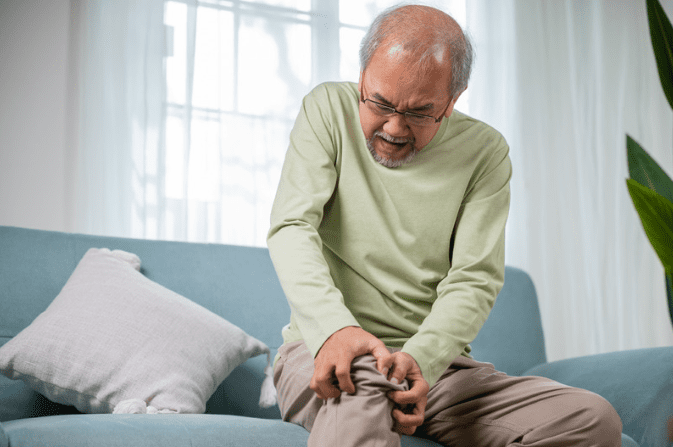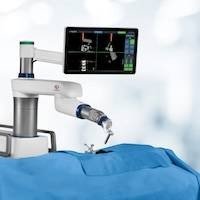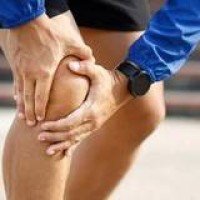
Article was originally published in HealthQ100
The knee joint is the largest and most complex joint in the human body, maintaining the lower limb's mobility while bearing the body's weight. As it endures wear and tear over the years, it starts to deteriorate, making osteoarthritis of the knee a common disease among the elderly in Hong Kong, significantly impairing patients' mobility. Orthopedic specialist Dr. Cheung Man Hong explains, "In the past, knee replacement surgery relied on the doctor's experience to visually judge the position of the bone cut to fit the artificial joint, inevitably leading to some error." Fortunately, the recent development of robotic assistance allows for precise measurement of the replacement position both before and during the surgery, reducing the error to 1 millimeter or 1 degree.
Knee arthritis is not just an "elderly’s disease"
The knee joint has cartilage between the bones, allowing for painless walking and bending. However, as people age, the wear and tear increases, and the cartilage degrades and thins, leading to discomfort. According to WHO data, 80% of degenerative joint diseases affect the knee joint. Dr. Cheung points out, "Patients with degenerative knee osteoarthritis are not limited to the elderly. Those who have had knee injuries, such as fractures, meniscus or ligament injuries, and rheumatoid arthritis, are subject to higher chance of early knee joint degeneration."
Severe Joint degeneration affecting daily life requires "knee replacement" - robotic assistance reduces error
Current treatments include oral medications, injections, and physical therapy to alleviate symptom of degenerative joint arthritis. However, if the patient's condition is severe, the doctor will assess the degree of joint degeneration through imaging, evaluate if the symptoms severely impact daily life and mobility, and determine if the patient requires total or partial knee replacement surgery.
Regardless of the type of artificial joint, in the past the surgery mainly relied on the doctor's visual judgment and experience to determine the position and extent of the bone cut, inevitably leading to some error. In recent years, the development of robotic assisted knee replacement surgery has helped. By inputting the patient's knee joint data into the computer before the surgery and using the high-resolution cameras on the robotic assistance during the procedure to accurately determine the bone cut position, the error can be reduced to less than 1 millimeter and 1 degree, while also minimizing damage to surrounding soft tissues.
Dr. Cheung shared the case of a 64-year-old female obese patient with BMI 40 , who had been suffering from degenerative arthritis for 5 years. Both of her knees had severe degeneration, with one joint already severely bent at 31 degrees, making the surgery more complicated. To ensure accuracy, the doctor performed robotic assisted knee replacement surgery on both knees. The patient was able to get out of bed and walk on the day of the surgery, and was discharged about 3 days later.
Knee replacement may not require "maintenance"
Many patients worry that if they undergo knee replacement surgery too early, they may need another surgery in the future due to wear and tear on the artificial joint. But research shows that less than 10% of patients who undergo knee replacement surgery need revision surgery within 10 years, indicating that the "lifespan" of current artificial joints is much longer than before.
Dr. Cheung emphasized that to allow the artificial joint to function continuously, many patients may avoid exercise after the surgery, fearing it will wear down the joint. However, this is a misconception. Patients should instead engage in more activity, such as stretching exercises, and strengthen the muscles around the joint to maximize the joint's range of motion, which is the most effective way to maintain the function of the artificial joint.
This article was written by Dr. Cheung Man Hong, an Orthopedic Consultant & Clinical Director Of Robotic Surgery (Joint Replacement) at Hong Kong Adventist Hospital – Stubbs Road.
















